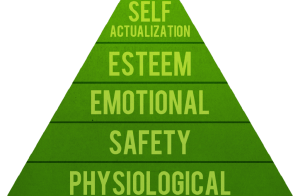Clairity Click-it: The Millenial Issue – to Ignore at Your Nonprofit’s Peril
The 2015 Millennial Impact Report was released last week, and lots of folks are weighing in on what this means for nonprofits. Why is everyone all agog? These folks, born between 1980 and 2000, represent huge buying (aka donating) power and influence. As the lead researcher and president of Achieve, a lead researcher in the study, notes:
“The Millennial generation is influential. From their buying power to their handle on the limitless potential of social media, Millennials can address issues and be a voice for a cause like no other generation before them.”
I was particularly interested in how they gave:
- 30% online
- 28% check or cash
- 22% solicited through their company
- 11% payroll deduction
In other words, they’re just as multi-channel as the Boomers and Gen X, with a skewing toward more online activity. There’s plenty of food for thought in the articles that follow, with some great suggestions for how you might consider reworking your fundraising and marketing strategies to engage greater numbers of this emerging generation.
BTW: I’ve thrown in a couple of articles that apply to all generations. The plain and simple fact is that marketing is changing for everyone.
Details




